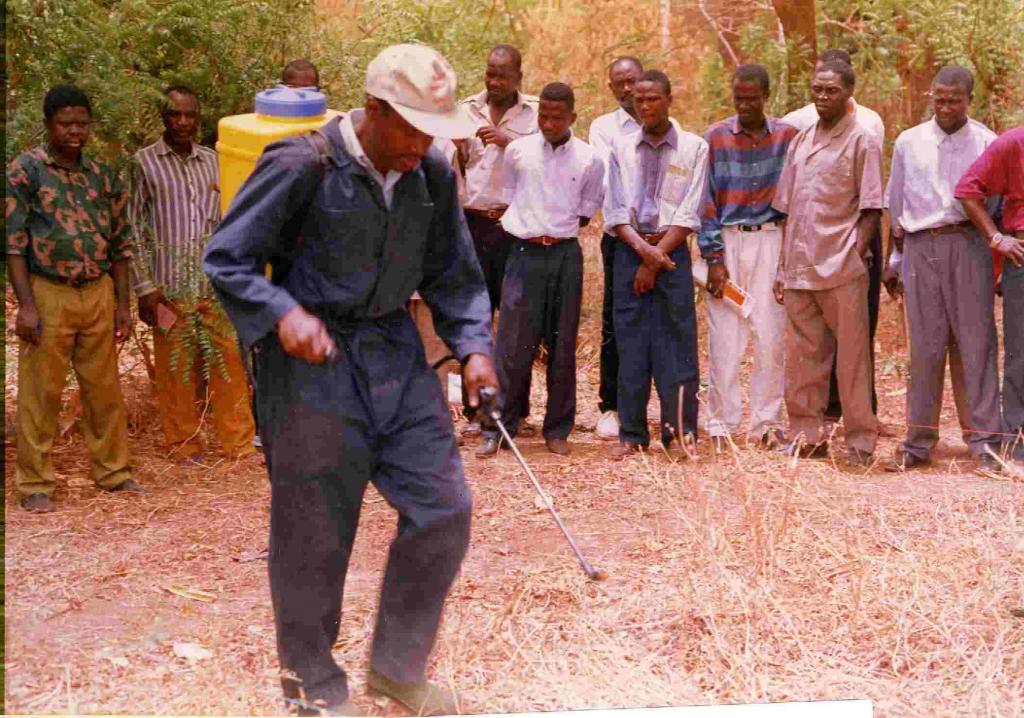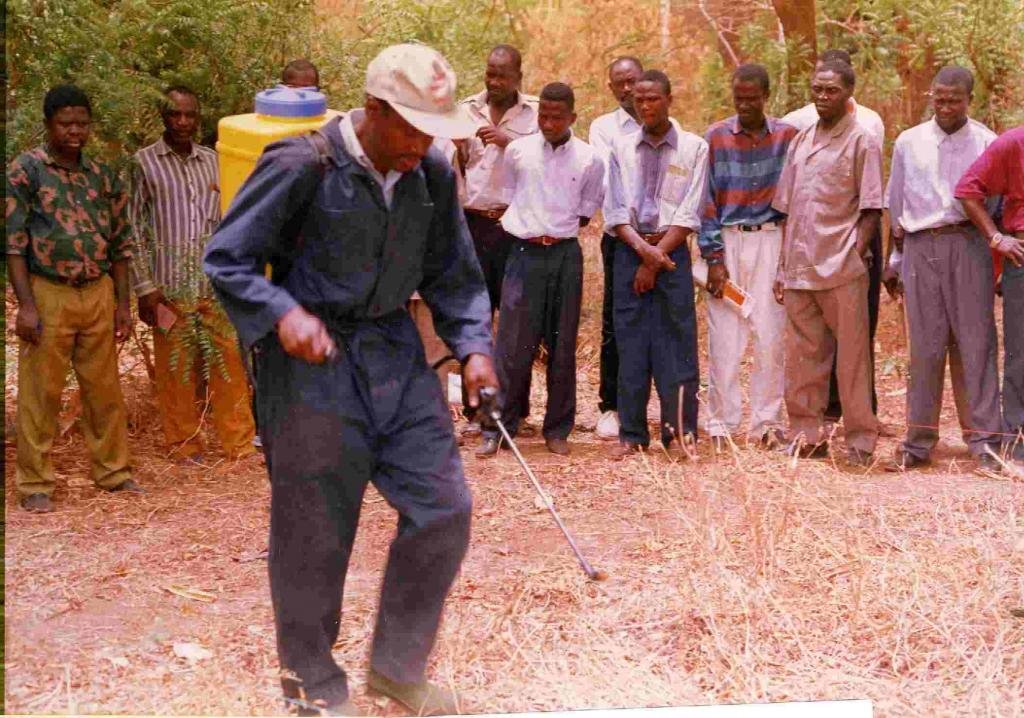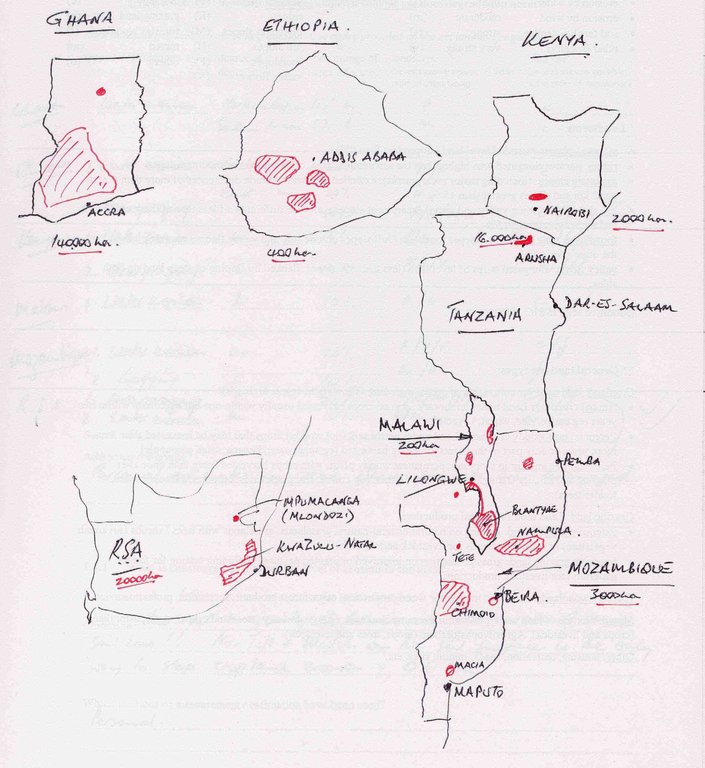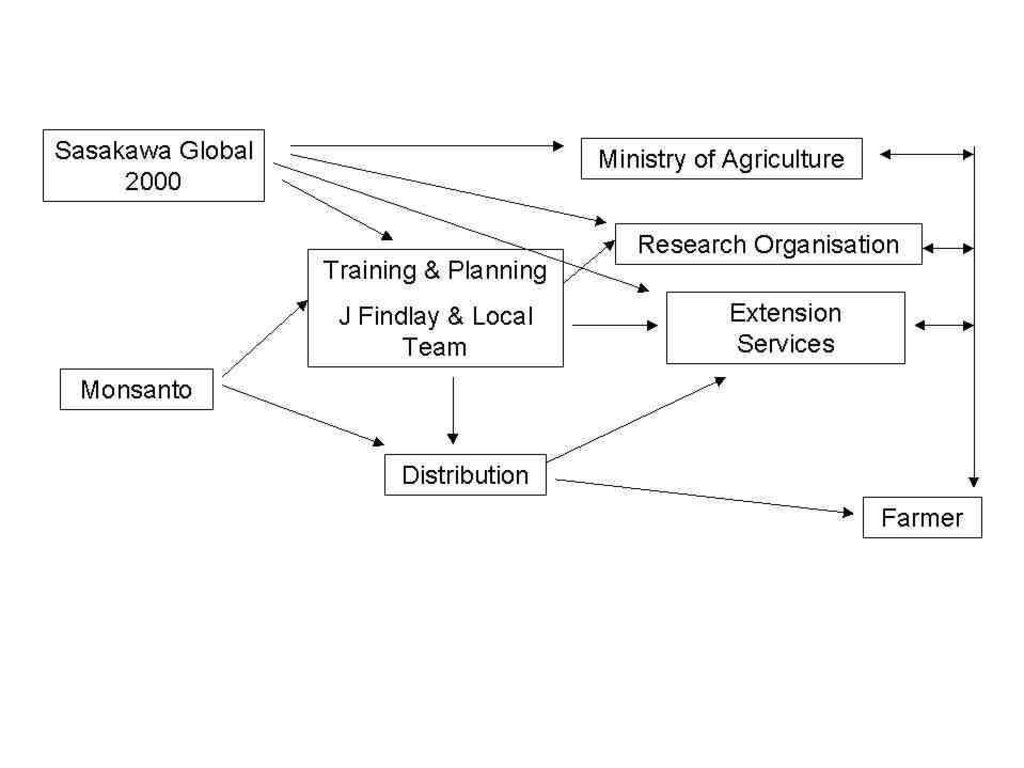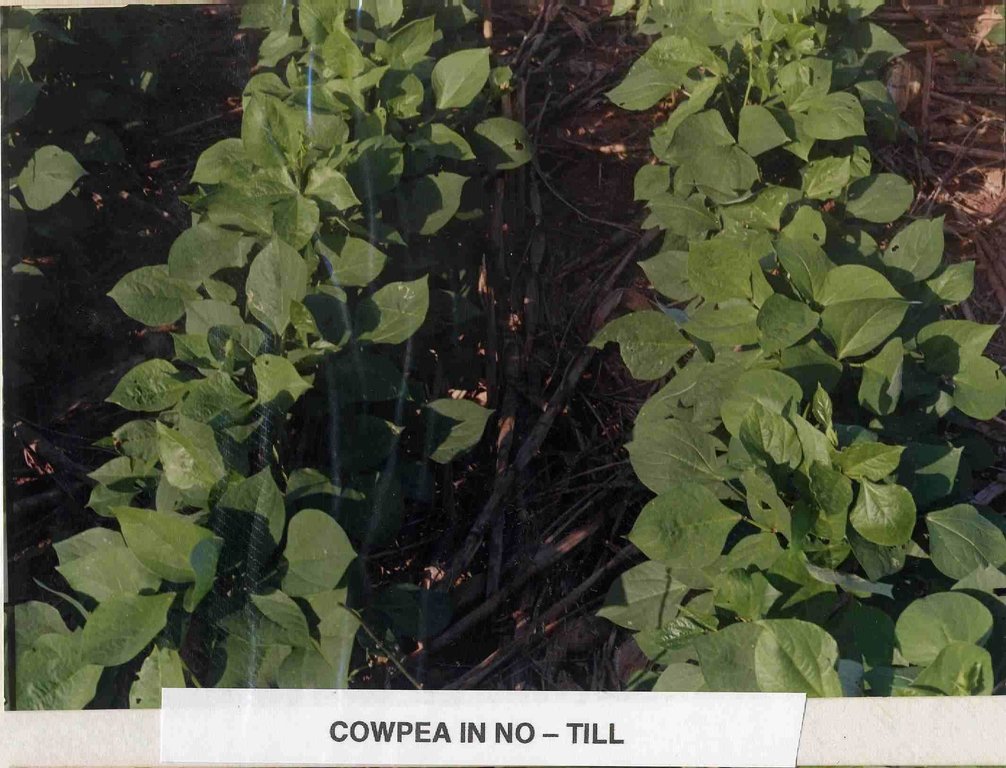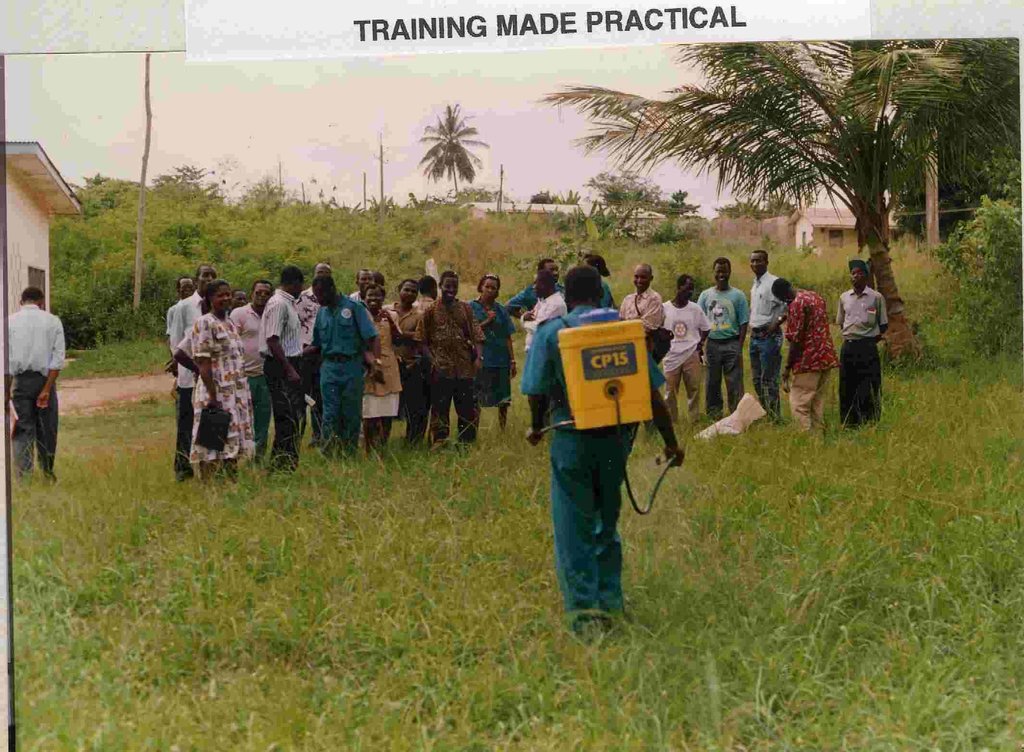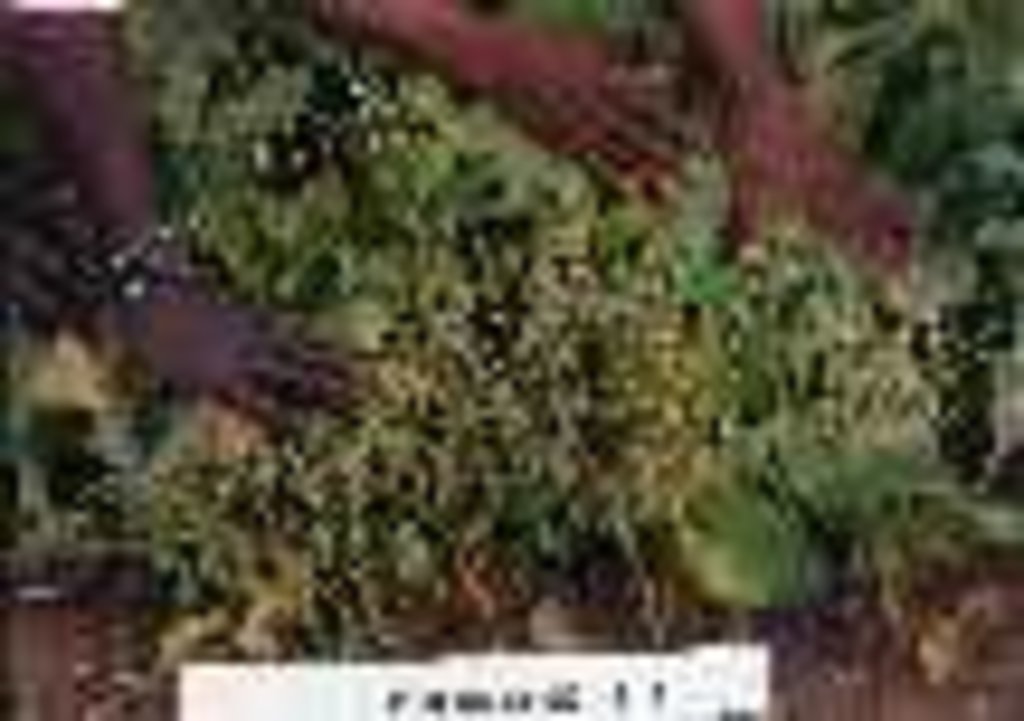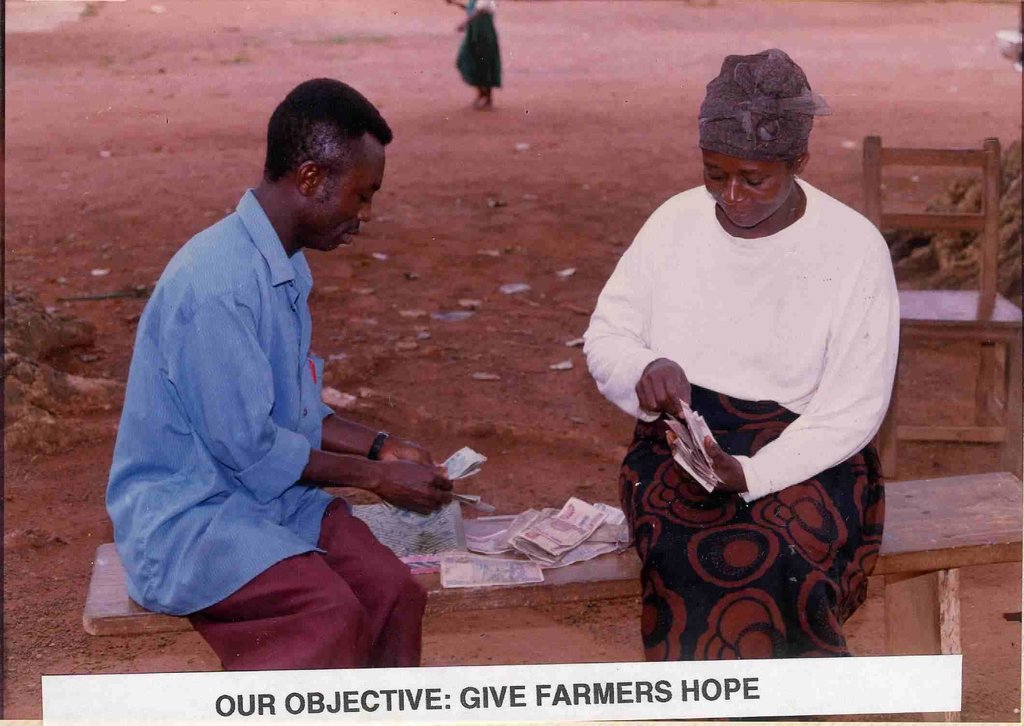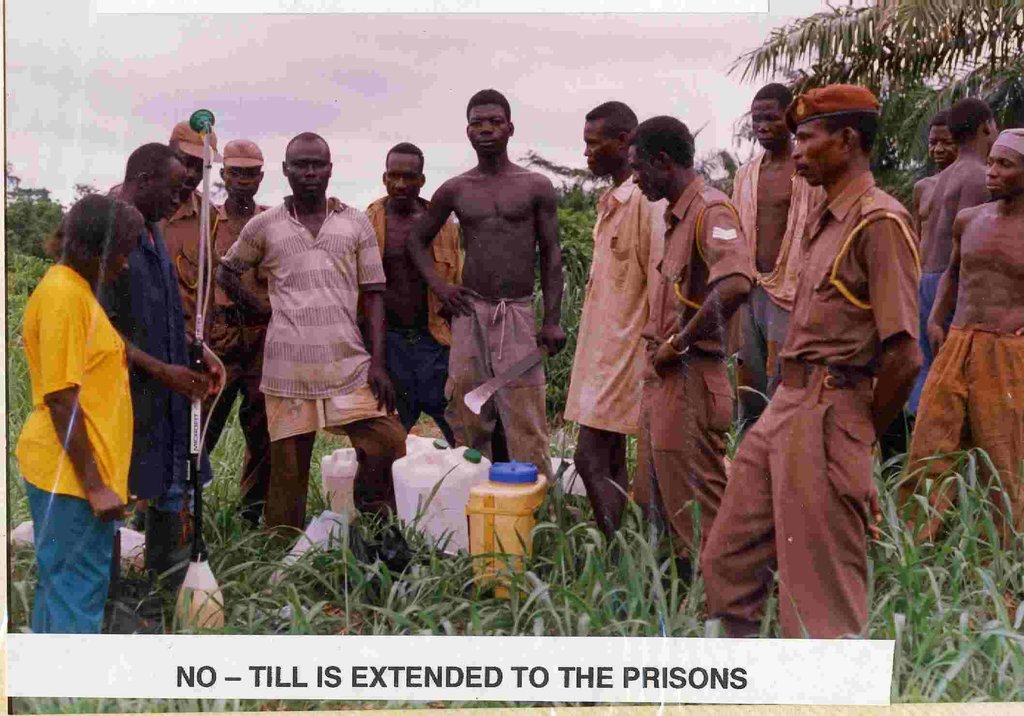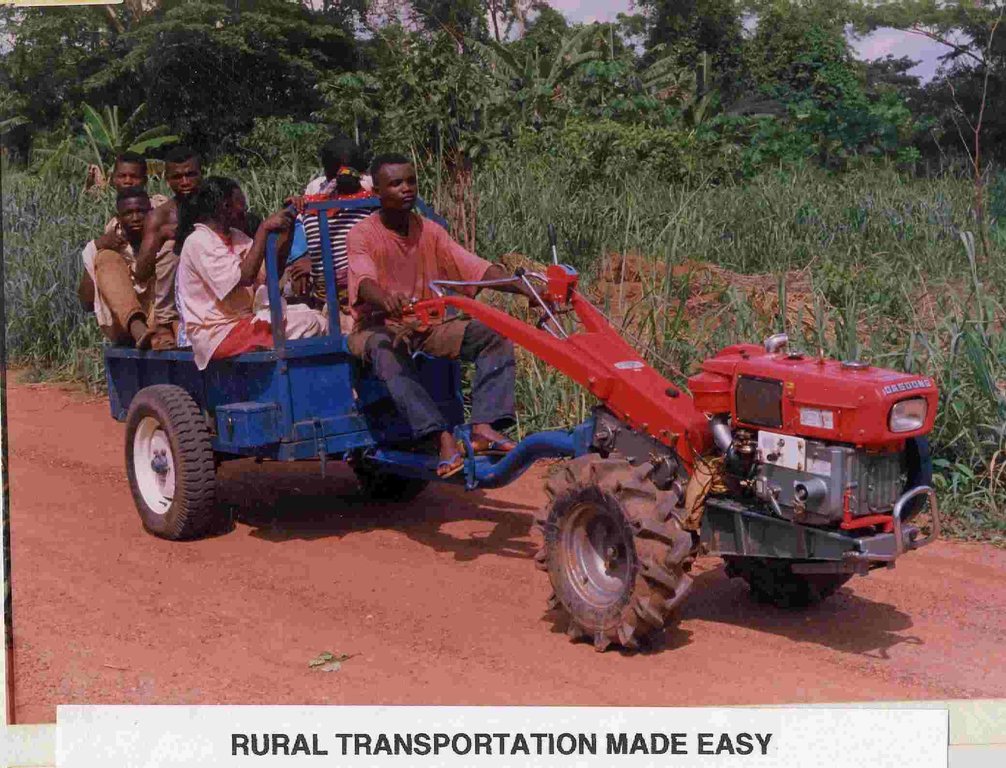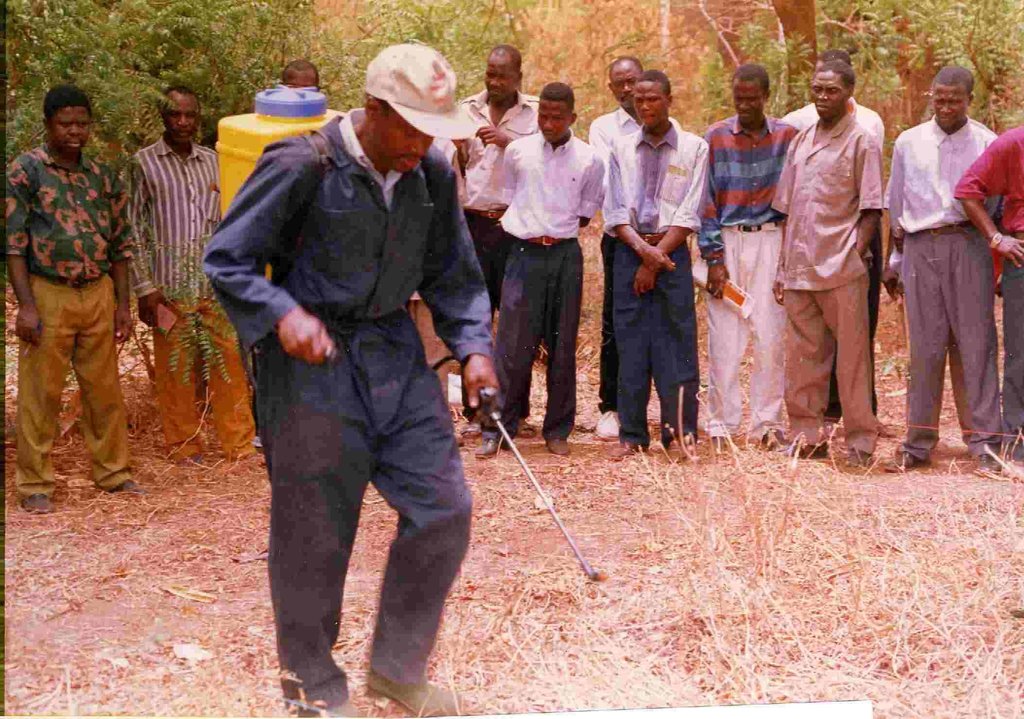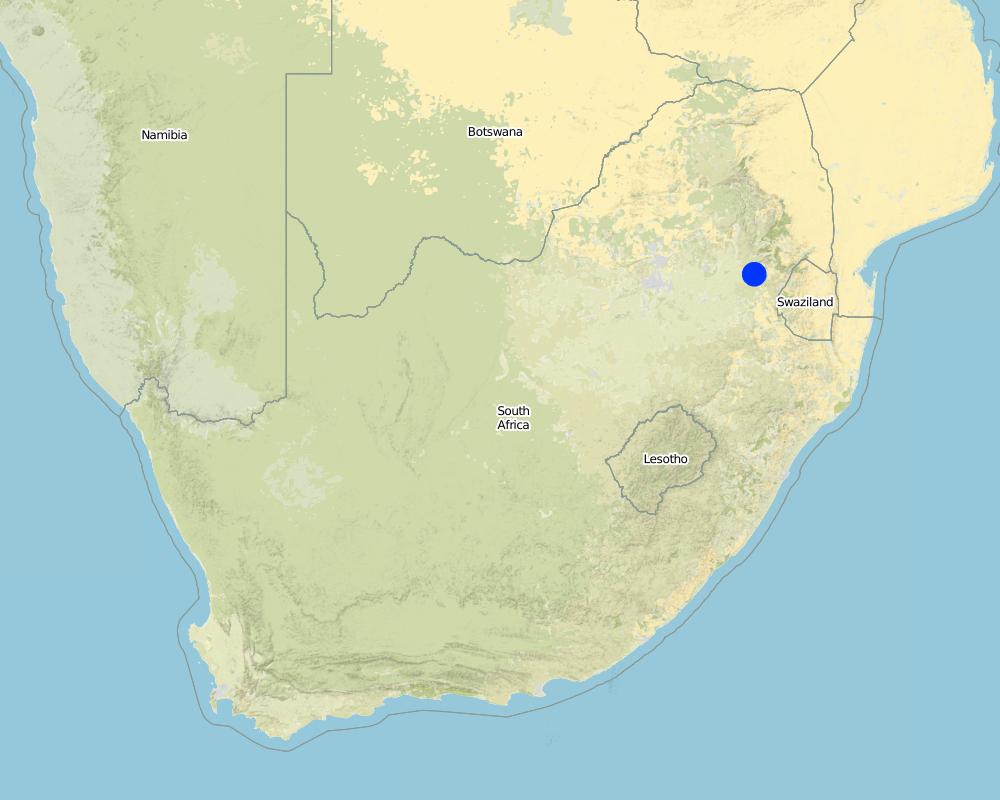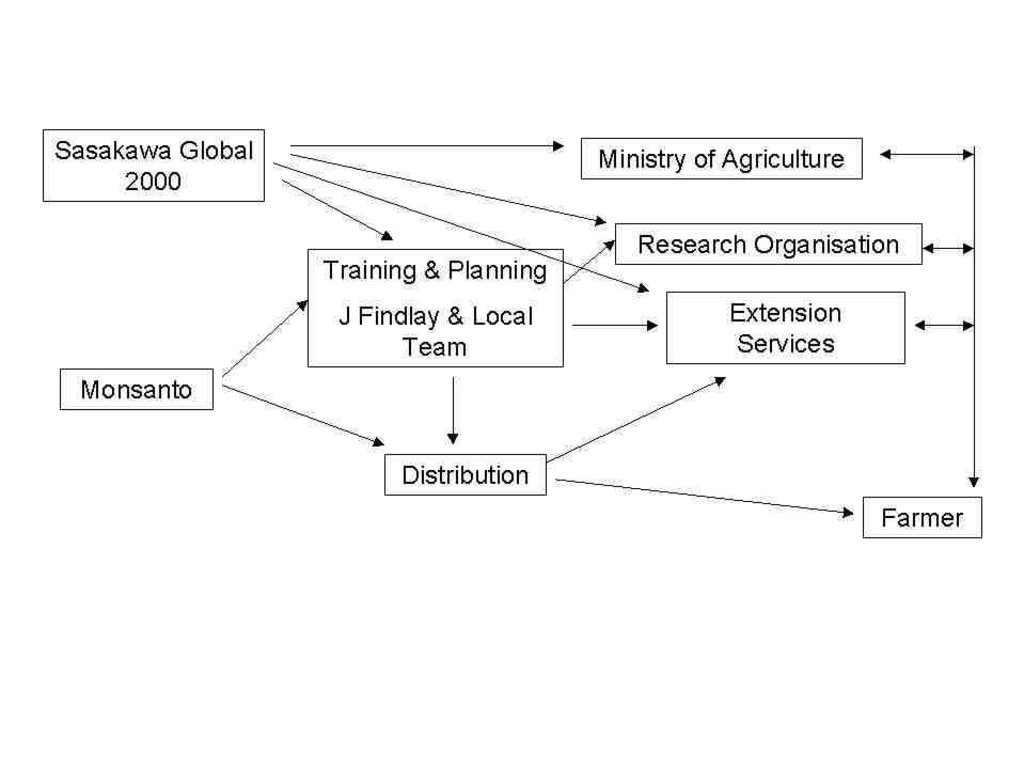All participants, with the emphasis of getting know-how to the farmer [South Africa]
- Creation:
- Update:
- Compiler: Unknown User
- Editor: –
- Reviewer: Fabian Ottiger
approaches_2416 - South Africa
View sections
Expand all Collapse all1. General information
1.2 Contact details of resource persons and institutions involved in the assessment and documentation of the Approach
Key resource person(s)
SLM specialist:
Findlay James B R
South Africa
1.3 Conditions regarding the use of data documented through WOCAT
The compiler and key resource person(s) accept the conditions regarding the use of data documented through WOCAT:
Yes
2. Description of the SLM Approach
2.1 Short description of the Approach
Introduction of No-Till crop production systems to rural small scale farmers.
2.2 Detailed description of the Approach
Detailed description of the Approach:
Aims / objectives: Convert small-scale farmers from conventional ploughing to minimum tillage to no-till crop production. Introduce/upgrade technology by using certified seed, fertilisers, herbicides and pesticides. Associated cost increase results in a time saving which allows for additional production. Increased yields result in wealth creation. Develop marketing options for farmers e.g. a maize farmer can sell green maize (boiled or roasted) for human consumption, maize grain, maize meal, poultry feed or poultry, small or large livestock feed or the carcass (feedlots). Change perception that farmers produce food for own consumption only. They must produce a surplus for sale to generate an income which is wealth creation in the rural areas. Rich farmers = Wealthy Nation Poor farmers = Poor Nation Government policies must support rural farmers and ensure a good price for agricultural produce. Upgrade the knowledge/skills level of extension officers (E.O.s) - gain farmers respect for E.O.s. E.O.s must be measured on farmer performance. Improve the link and information flow from research organisations to E.O.s (and then to the farmer). Research organisations are encouraged to initiate no-till projects to support farmers and E.O.s, e.g. herbicides for weed problems; fertiliser deficiencies and recommendations; crop options.
2.3 Photos of the Approach
2.5 Country/ region/ locations where the Approach has been applied
Country:
South Africa
Region/ State/ Province:
Mpumalanga
Map
×2.6 Dates of initiation and termination of the Approach
Indicate year of initiation:
1998
2.7 Type of Approach
- project/ programme based
2.8 Main aims/ objectives of the Approach
The Approach focused mainly on SLM with other activities (Training. Field implementation. Technology implementation review. Input supply system. Finance support. Processing and marketing.)
Introduce no-till crop production systems. Make farming profitable. Create markers - input and output. Develop local knowledge / expertise. Reduce / stop soil erosion.
The SLM Approach addressed the following problems: Lack of political support (e.g. Tanzania). Policy/ Know-how's. Mechanisation is expensive - No-Till cheap - demonstrate. Soil and Water conservation. Crop surplus production - sale/process - financial benefit.
2.9 Conditions enabling or hindering implementation of the Technology/ Technologies applied under the Approach
social/ cultural/ religious norms and values
- hindering
Overgrazing - too many cattle/too little food Communal land - no responsibility
Treatment through the SLM Approach: Plant pastures - fewer cattle (!!!!)
availability/ access to financial resources and services
- hindering
Banks do not educate 'poor poverty stricken' farmers in to financial management.
Treatment through the SLM Approach: Banks - educate farmers / take a risk!
institutional setting
- hindering
Authorisation attitude by researchers
Treatment through the SLM Approach: Let farmers decide on the advantages of a system
legal framework (land tenure, land and water use rights)
- enabling
The existing land ownership, land use rights / water rights helped a little the approach implementation: hinder: moderate. Communal lands or insecurity of tenure does not encourage investment (money and time). After harvest - communal grazing!
- hindering
No legislation permitting genetically modified crops
Treatment through the SLM Approach: Introduce Demo legislation permitting modern agriculture
other
- hindering
Tribal chiefs do not allow individual land ownership (freehold) = power
Treatment through the SLM Approach: Government must encourage private land ownership.
3. Participation and roles of stakeholders involved
3.1 Stakeholders involved in the Approach and their roles
- local land users/ local communities
Farmer organisations (small limited)
Working land users were work equally divided between men and women (The technology was introduced to). Women probably appreciate the labour and time saving more than men. Socialy disadvantaged involved if they have knowledge on the details of inputs e.g. insect pest and control measures that work.
- SLM specialists/ agricultural advisers
- private sector
Monsanto - Agriculture input suppliers
- national government (planners, decision-makers)
Ministry of Agriculture - Extension services
- international organization
SG 2000
If several stakeholders were involved, indicate lead agency:
Seskwane Global 2000 - organisation, government support. Monsanto - technology, training, inputs. Local - technology transfer.
3.2 Involvement of local land users/ local communities in the different phases of the Approach
| Involvement of local land users/ local communities | Specify who was involved and describe activities | |
|---|---|---|
| initiation/ motivation | passive | other |
| planning | passive | public meetings; Training of E.O. and farmers. |
| implementation | external support | responsibility for major steps; Farmers conduct own demonstration with E.O. support. |
| monitoring/ evaluation | interactive | measurements/observations; Farmer supervised by E.O. E.O. compiles report. |
| Research | interactive | on-station |
3.3 Flow chart (if available)
3.4 Decision-making on the selection of SLM Technology/ Technologies
Specify who decided on the selection of the Technology/ Technologies to be implemented:
- mainly SLM specialists, following consultation with land users
Explain:
directive (top-down). Also by extension officers. Directive as-well as consultative. A successful method was developed and adopted for local conditions.
Decisions on the method of implementing the SLM Technology were made by by SLM specialists alone (top-down). directive (top-down). Also by politicians and leaders. Directive as-well as consultative. Many land owners/users have no knowledge of fertilisers, pesticides, seed cultivar choice. Guidance is essential.
4. Technical support, capacity building, and knowledge management
4.1 Capacity building/ training
Was training provided to land users/ other stakeholders?
Yes
Specify who was trained:
- land users
- SWC specialists, extensionists/trainers, politicia
Form of training:
- on-the-job
- farmer-to-farmer
- demonstration areas
- public meetings
- courses
Subjects covered:
Agaronomis system. Herbicides and pesticide use. Processing. Fertilisers. Profitability.
4.2 Advisory service
Do land users have access to an advisory service?
Yes
Specify whether advisory service is provided:
- on land users' fields
Describe/ comments:
Name of method used for advisory service: Village demonstration; Key elements: 1 time E.O. with 5 - 8 farmers (1 farmers = failure), Supply inputs for 0.1 ha demonstration (tree), Farmer & E.O. must do there demo together (both learn); 1) Advisory service was carried out through: government's existing extension system 2) Advisory service was carried out through: government's existing extension system; Extension staff: mainly government employees 3) Target groups for extension: land users, technicians/SWC specialists; Activities: lectures, slide show, practicals, own demos; lectures, slide show, practicals, own demos
Advisory service is very adequate to ensure the continuation of land conservation activities; Yes : RSA, Ghana, Ethiopia, Kenya Almost: Malawi, Mozambique, Uganda No: Tanzania
4.3 Institution strengthening (organizational development)
Have institutions been established or strengthened through the Approach?
- yes, moderately
Specify the level(s) at which institutions have been strengthened or established:
- local
Specify type of support:
- financial
- equipment
4.4 Monitoring and evaluation
Is monitoring and evaluation part of the Approach?
Yes
Comments:
bio-physical aspects were regular monitored through measurements
technical aspects were regular monitored through measurements
socio-cultural aspects were regular monitored through measurements
economic / production aspects were regular monitored through measurements
area treated aspects were regular monitored through measurements
no. of land users involved aspects were regular monitored through measurements
management of Approach aspects were regular monitored through measurements
There were many changes in the Approach as a result of monitoring and evaluation: Application techniques. Choice of cultivars. Fertiliser type and dose. Herbicide dose. Pesticide dose and type. Planting technique.
4.5 Research
Was research part of the Approach?
Yes
Give further details and indicate who did the research:
Solving local problems - fertiliser levels, weed problems, cultivar choice. Soil benefits come later.
Research was carried out both on station and on-farm
5. Financing and external material support
5.1 Annual budget for the SLM component of the Approach
Comments (e.g. main sources of funding/ major donors):
Approach costs were met by the following donors: government (national): 20.0%; international non-government (-): 70.0%; local community / land user(s) (labour): 10.0%
5.2 Financial/ material support provided to land users
Did land users receive financial/ material support for implementing the Technology/ Technologies?
Yes
5.3 Subsidies for specific inputs (including labour)
- equipment
| Specify which inputs were subsidised | To which extent | Specify subsidies |
|---|---|---|
| tools | fully financed | |
- agricultural
| Specify which inputs were subsidised | To which extent | Specify subsidies |
|---|---|---|
| seeds | fully financed | |
| fertilizers | fully financed | |
If labour by land users was a substantial input, was it:
- voluntary
5.4 Credit
Was credit provided under the Approach for SLM activities?
No
6. Impact analysis and concluding statements
6.1 Impacts of the Approach
Did the Approach help land users to implement and maintain SLM Technologies?
- No
- Yes, little
- Yes, moderately
- Yes, greatly
No-Till
Did the Approach improve issues of land tenure/ user rights that hindered implementation of SLM Technologies?
- No
- Yes, little
- Yes, moderately
- Yes, greatly
Increase in productivity.
Did other land users / projects adopt the Approach?
- No
- Yes, little
- Yes, moderately
- Yes, greatly
No-Till has become a 'high profile' system for sustainable conservation agriculture in Africa.
6.3 Sustainability of Approach activities
Can the land users sustain what has been implemented through the Approach (without external support)?
- yes
6.4 Strengths/ advantages of the Approach
| Strengths/ advantages/ opportunities in the land user’s view |
|---|
| Time and labour saving |
| increase in yields, area and income |
| Strengths/ advantages/ opportunities in the compiler’s or other key resource person’s view |
|---|
| Increased yields (How to sustain/ enhance this strength: Adoption of technology - technical/extension support) |
| Increased areas under production (How to sustain/ enhance this strength: Financial incentive for farmers to increase production) |
| Increased prosperity |
| Time and labour saving |
6.5 Weaknesses/ disadvantages of the Approach and ways of overcoming them
| Weaknesses/ disadvantages/ risks in the land user’s view | How can they be overcome? |
|---|---|
| Import supply | Expand distribution |
| Finance | Improve banking services |
| Weaknesses/ disadvantages/ risks in the compiler’s or other key resource person’s view | How can they be overcome? |
|---|---|
| Prices paid to farmers for surplus must be realistic | Maize grain: World price 100 dollar /ton Mozambique farmer 35 dollar /ton Malawi farmer 40 dollar /ton |
| Politicians do not see that many farmers can get wealthy 'farmers are poor' |
7. References and links
7.1 Methods/ sources of information
- field visits, field surveys
- interviews with land users
Links and modules
Expand all Collapse allLinks
No links
Modules
No modules


